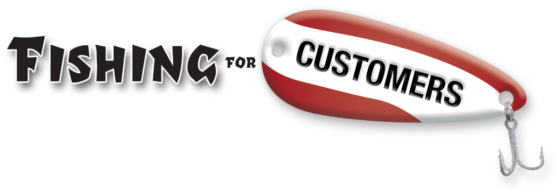
Carol Jacobson, who inspired and guided several crops of reporters, novelists, and advertising copywriters.
By us, I mean the English composition class of Alamo High School, Alamo, North Dakota.
Oh, she didn’t call it effective advertising. She called it “writing.”
Carol Jacobson believed that people who could write a persuasive essay could write anything. I’ve been using the structure she taught us to create advertising copy for the last three decades.
Mrs. Jacobson used a diagram similar to this one:
The Attention-Getting Headline, sometimes called the First Mental Image, is what draws you into the ad.
Once you have the prospect’s attention, lead up to the Persuasive Proposition.
Mrs. Jacobson called this part the thesis. Sometimes it’s called the Value Proposition. Rosser Reeves called it the Unique Selling Proposition.
Regardless of what it’s called, this is the main point of our ad. This is the one thought that we want to stick in people’s minds.
We usually use three points (or benefits) to convince our prospect of the validity of our Persuasive Proposition. For some reason three is a magic number. Any fewer, the proposition appears weak. Any more and you run the risk of a long and boring list.
Exception: If you’re targeting Transactional Shoppers, and are showing off items included in your big sale, three groups of three items is magic. “They come in red, blue, and yellow; with zippered front, buttons, or pullover; and are available in medium, large, and extra large.”)
Finally, the Call To Action tells your prospect what you want her to do next.
Get familiar with this diagram. You can use it to create effective advertising copy for radio, for newspapers, for flyers, for sales letters, for television ads.
Next time we’ll use the diagram to create actual ads – the perfect bait when you’re fishing for customers.
Your Guide,
Chuck McKay
 Your Fishing for Customers guide, Chuck McKay, gets people to buy more of what you sell.
Your Fishing for Customers guide, Chuck McKay, gets people to buy more of what you sell.
Need help applying the persuasion diagram to the story you need to tell? Drop Chuck a note at ChuckMcKay@FishingforCustomers.com. Or call him at 760-813-5474.


